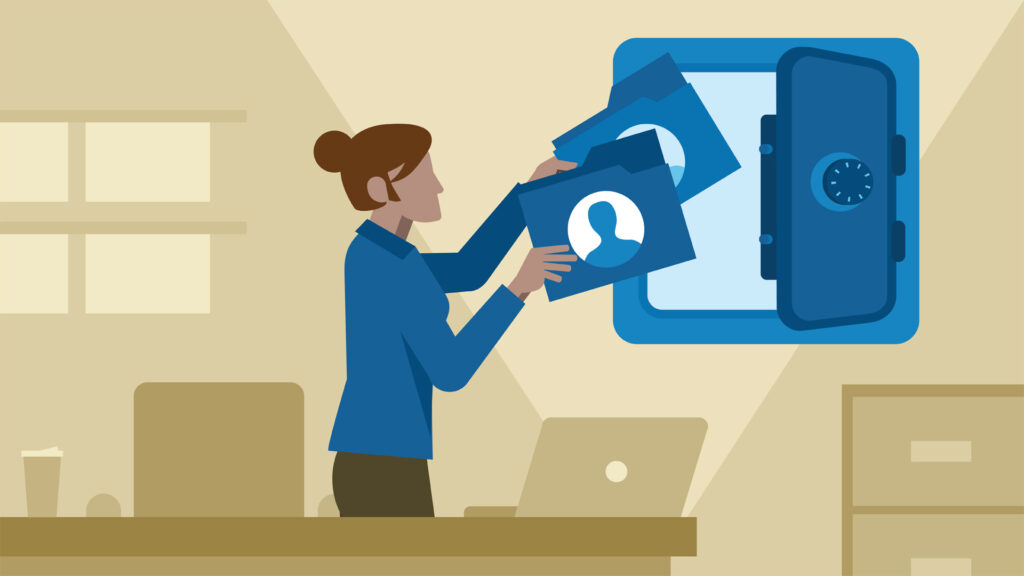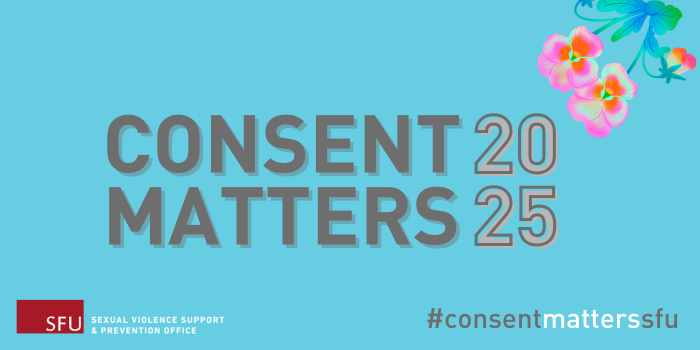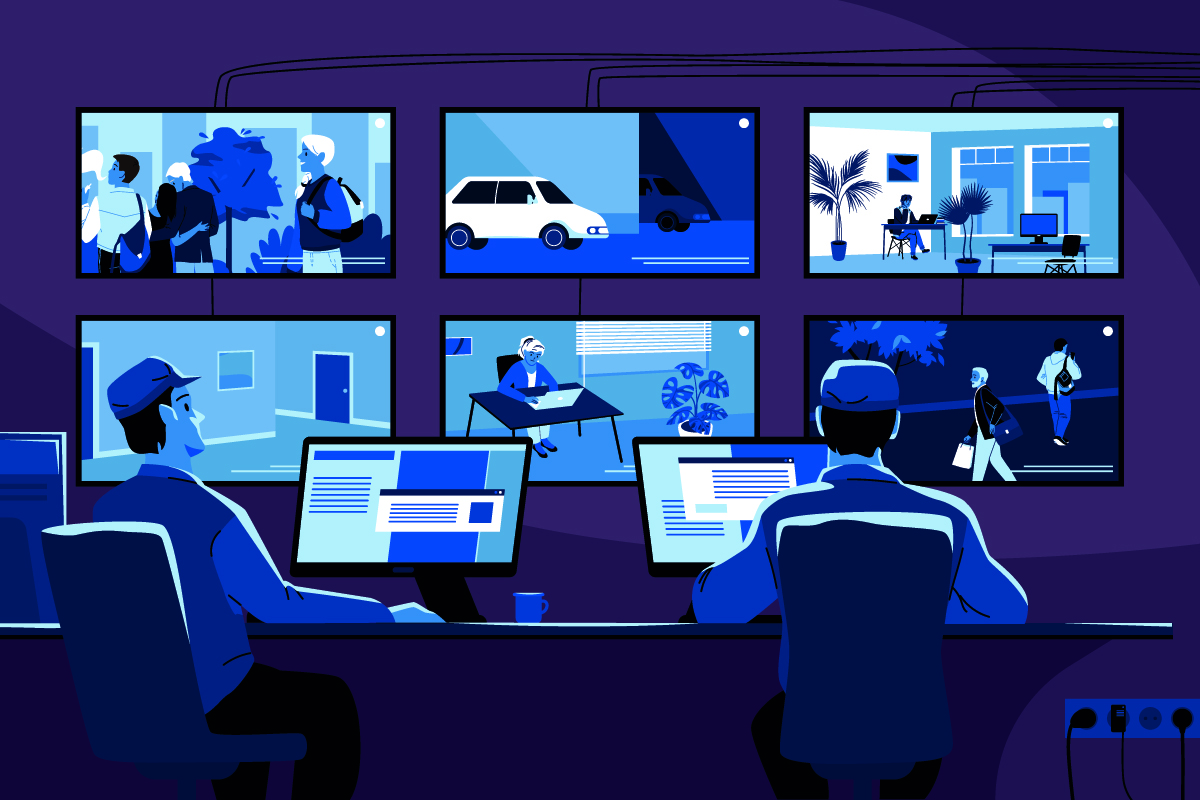The modern workplace has evolved rapidly in the past few years. Numerous factors have led to an increase in both the likelihood and the potential consequences of security breaches. At the same time, it is more beneficial than ever to ensure the protection of your staff’s data.
Employee data cannot be underemphasized in today’s corporate world. Not only do these measures protect your employees from sensitive data being leaked, but they also help your company.
Your information and internal communications can hold important information. The company can even deal with a host of legal issues in case of an information breach.Getting ahead of such possibilities will not only help everyone involved.
Table of Contents
Why are Cyberattacks Increasing?
Here are some of the reasons:
Technology in the Workplace
New technology is no longer just a facilitator to the regular operations in a firm. In fact, it is a core component of nearly every aspect of any business today.
This means that every single employee is required to have an online presence. More data than ever is recorded and stored. This opens up every single firm to increased risks of breaches.
When every aspect of communication, data, and company secrets can be found on your internal computers, there is all the more reason that someone would try to hack into your framework.
Covid-19
The pandemic brought about rapid changes in the workplace. As business moved online overnight, it became more important than ever to create a secure system.
With work-from-home, all communication began to be conducted over the Internet. Colleagues used cloud systems to collaborate and perform shared tasks.
Many companies have continued with online or hybrid systems. This means that companies no longer have the security of closed intranet systems. Since most business activity is taking place over the Internet, securing these avenues is a crucial aspect of the online shift.
Legalities and Shifting Attitudes
In the past few years, there has been a push from the public and lawmakers alike to regulate online data. Data security is a major concern, with new regulations being introduced both federally and at the state level.
There is a growing concern among most people about the use and storage of their data by corporations. Anywhere between 80 and 90% of individuals share this mistrust and believe that companies should be regulated even further.
It is not just concern that is growing, but also awareness. In this climate, maintaining both your employees’ and your consumers’ trust means ensuring that you are handling data with great care.
Regulations around data security are rapidly evolving. You and your team must keep up with the latest developments in cybersecurity regulations. Failing to do so can lead to serious consequences and heavy fines.
How Can You Protect Your Employees’ Privacy?
Fortunately, there are a number of easy steps that you can take that can help mitigate privacy concerns. The important thing to understand is that safety measures and procedures need to be a fundamental component in your company’s operations.
If you want to ensure your employees’ cybersecurity, you need to prioritize it.
Educate Yourself on What Data is Confidential
Privacy laws can vary depending on where your company is based. Your company needs to make sure that you are up-to-date with what is considered confidential. This means that you need to keep up with laws and regulations. Personal information like social security numbers or dates of birth are protected.

An employee’s job performance data and administrative data are meant to only be handled by the company as well. Make sure you secure the data of former employees as well. Their job termination data is also crucial to protect.
There may also be local laws that are protecting other aspects of your staff’s information. Your legal team needs to stay on top of any changes to what confidentiality laws apply to you.
Establish a Clear Privacy Policy
A defined privacy policy that is in writing will eliminate ambiguity. Have a clear policy that is accessible to your employees at all times. Clearly define your objectives, and make sure that nothing can be misunderstood or misconstrued.
Your employees should be able to understand the policy even without the technical education. Make sure this policy is evolving and adapts to legal changes.
Address any concerns your employees would have in regards to the policy, and make sure you consult both technical and legal experts when you are writing it.
This will lay the foundation of your relationship with your employees in regards to the protection of their information.
Implement Secure Handling Procedures
There are many steps that the organization can take to mitigate potential damage. For instance, make sure that you do not gather unnecessary employee data that you will not need. Have safe procedures for discarding the data of former employees that you no longer need.
You should also invest in data encryption. This is the best way to ensure that, even in case of a data breach, information is not leaked.
Employee Education
Any amount of measures cannot protect your company’s data if your employees are not complying with safety standards. Make sure that there are defined procedures and standards that your company has set.
Hold seminars and meetings to raise awareness in your team about the steps they need to take for their cybersecurity. Have training sessions for skills to be taken up practically.
Communicate openly and foster trust amongst your workforce so that they feel comfortable raising any concerns with you.
Educate your employees on the dangers of password sharing and teach them how to create complex passwords. Seminars and training courses will keep your staff up-to-date. Older staff in particular will need assistance when it comes to navigating the online space.
Monitoring and Auditing
Regular checks will ensure that your system is secure. You can assess your data handling systems and identify any vulnerabilities quickly instead of waiting for a cyberattack.
You should also implement monitoring systems that can identify issues in your protocols. This will help you recognize and mitigate risks quickly, before there are any breaches.
A proactive approach will protect your company, staff, clients, and customers. Take the initiative to ensure that your data systems are protected, rather than waiting for a cyberattack.
Make sure you are informed on the latest technology being used in data breaches so that you can get ahead and implement security measures. Identify potential risks and work on mitigation strategies. Constantly update the organization’s security protocol.
Consent and Transparency
Make sure that your employees fully understand how their data is being handled. Communicate your privacy policy using clear, accessible information. It should not just be the legal experts or computer scientists in your organization that can understand the information. Give them the resources they need to fully understand what your company is doing.

Foster an environment that enables your staff to raise concerns and ask questions. Be open to input and feedback, and keep the dialogue around privacy open.
This will allow you to gain informed consent from your employees and will give them control over their own data.
Privacy Enhancing Technology
Technology is not the problem. In fact, it can often be the solution. There is plenty of technology that can help you deal with potential privacy concerns.
Integrate privacy measures into your technology systems. Consult experts when you are designing your systems to prioritize security.
Firewalls, VPNs, and anti-viruses are some essential tools for your employee’s safety. With artificial intelligence becoming more common, security breaches are more sophisticated than ever. This has made it even more vital to incorporate the latest and most advanced tech into protecting your employees’ information.
The Future of Privacy
As AI continues to permeate the workplace, its impact on employee privacy needs to be considered. The new technology offers a host of new opportunities but also presents challenges that need to be addressed.
An increased reliance on AI workplace management tools has led to an unprecedented volume of employee data being collected.
Many companies are using third-party tools and systems in their organization, which means that they are not fully in control of the data that is being collected and stored.
Some companies use AI-powered monitoring tools for surveillance of their employees’ work and progress in an increasingly decentralized workspace. This can blur boundaries and infringe on employee privacy.
However, many of the latest AI tools can be beneficial to cybersecurity experts. Technologies like vulnerability scanners, identity and access management solutions, and intrusion detection systems are just a few examples of the tools that are helping companies secure their employees’ privacy today.
For more similar blogs, visit EvolveDash today!
FAQs
- What are the biggest risks to employee privacy in remote work setups?
Remote work increases risks like unsecured networks, shared devices, and third-party collaboration tools that may expose sensitive data.
- Can employers monitor employee activity without violating privacy laws?
Employers can monitor work activities, but they must follow legal guidelines, inform employees, and avoid excessive surveillance.
- What industries face the strictest employee privacy regulations?
Healthcare, finance, and government sectors have the most stringent regulations due to handling sensitive personal and financial data.
- How can small businesses protect employee data without large cybersecurity budgets?
Small businesses can use encrypted storage, secure passwords, VPNs, and affordable cybersecurity training to safeguard employee information.
- What role do employees play in maintaining their own privacy at work?
Employees should use strong passwords, avoid phishing scams, follow company security policies, and report any suspicious activities.



















